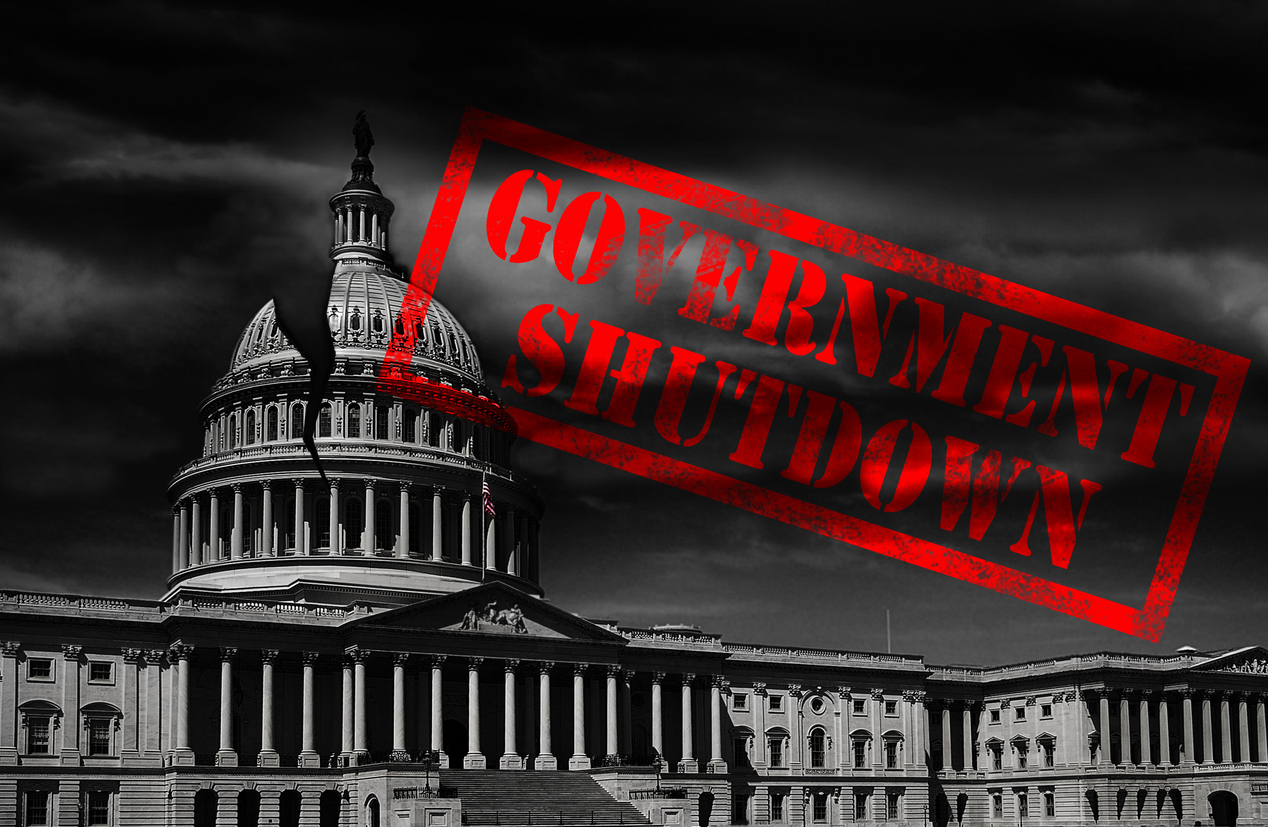
As the 2025 federal government shutdown stretches on, millions of Americans have seen their food stamps, housing support, and paychecks frozen. While Washington debates, state and city leaders across the country have quietly taken matters into their own hands; opening local budgets, launching emergency relief funds, and even calling in the National Guard to make sure families don’t go hungry or lose their homes.
Here’s how the nation’s biggest and most populated states are holding things down:
California: $80 Million In Food Bank Funding And Utility Protection
Governor Gavin Newsom pushed through $80 million for food banks to cover the loss of federal SNAP dollars. The California National Guard has been moving supplies across the state, while cities like Los Angeles and San Franciscoexpanded rent and utility assistance. Power companies like PG&E agreed to pause shutoffs for federal workers. The state also issued extra support for Meals on Wheels to protect seniors left without benefits.
New York: $100 Million In Emergency Food Aid
Governor Kathy Hochul called the SNAP freeze a “public health emergency” and launched over $100 million in state aid for food banks and local meal programs.
In New York City, Mayor Eric Adams rolled out an additional $15 million fund to expand community food centers. Utilities halted shutoffs, housing agencies suspended rent collections for unpaid federal workers, and the state even covered the cost to keep the Statue of Liberty open during the shutdown.
Florida: Local Governments Step Up
While Governor Ron DeSantis refused to issue state funding, local officials in Miami-Dade, Jacksonville, and Tallahassee used city budgets to feed federal workers and their families.
Miami-Dade partnered with Farm Share to host major food distribution drives, while Broward County used emergency funds to prevent evictions for unpaid Coast Guard families.
Some utilities like TECO in Tampa and OUC in Orlando offered grace periods and deferred billing, but no statewide relief was offered. Florida’s response came mainly from cities and nonprofits filling the void.
Georgia: Atlanta Leads With Local Action
Governor Brian Kemp’s administration declined to use state funds, but Atlanta’s city government took charge.Mayor Andre Dickens turned recreation centers into food pickup sites in partnership with the Atlanta Community Food Bank and ordered a pause on city-owned housing evictions. Atlanta Water also halted shutoffs for the duration of the shutdown, protecting hundreds of families.
Across metro Atlanta, counties like Cobb and DeKalb chipped in to help food pantries and charities keep shelves stocked.
North Carolina: $18 Million Public-Private Relief Fund
Governor Josh Stein organized a $10 million state food bank package, matched by $8 million in private donations from companies like Duke Energy and Food Lion, creating an $18 million emergency pool to keep food pantries stocked.
Utilities across the state, including Duke Energy and Dominion, agreed not to disconnect unpaid federal workers.
The NC 2-1-1 system, run by United Way, launched an emergency fund providing $500 grants to struggling families. In Charlotte, Raleigh, and Durham, local housing agencies expanded rental support to furloughed workers.
Texas: Local Leadership Over State Spending
Texas, with over 3 million SNAP recipients, opted not to replace federal food aid. Instead, city and county governments did the heavy lifting.
In Houston, the Houston Food Bank and United Way launched joint distribution hubs for federal families. Austin Energy and CPS Energy in San Antonio suspended disconnects, and some county judges authorized temporary rent relief using local funds.
Governor Greg Abbott stayed out of direct aid, but his office promoted lists of charities and utilities offering help. El Paso officials provided grocery vouchers to unpaid Border Patrol families, and state park rangers helped keep national park areas open to preserve tourism jobs.
Illinois: $20 Million To Keep Food Banks Running
Illinois approved $20 million in emergency funding for its food bank network, supporting the Greater Chicago Food Depository and others. Utilities paused disconnections, and local governments urged landlords to delay evictions.
The state partnered with universities and nonprofits to expand food distribution statewide.
Maryland: $10 Million Relief Fund And Zero-Interest Loans
Governor Wes Moore declared a State of Emergency, releasing $10 million for food banks and reviving Maryland’s Federal Employee Loan Program, giving zero-interest $700 advances to unpaid workers.
Counties like Montgomery and Prince George’s added millions more locally for food and rent assistance. Utilities and courts paused shutoffs and evictions, keeping the D.C. metro region stable.
Massachusetts: Doubling Down On Food Aid
Governor Maura Healey doubled the state’s food budget from $4 million to $8 million, helping programs in Boston, Worcester, and Springfield.
She also expanded rent and utility support through the RAFT program, while courts offered eviction mediation to families missing paychecks.
Nevada: $30 Million Emergency Plan
Governor Joe Lombardo called a special session to approve $30 million in food assistance and $5 million for energy and housing aid, with the National Guard handling logistics.
NV Energy froze all utility shutoffs, and Las Vegas landlords waived late fees for federal tenants.
Virginia: Weekly State-Funded SNAP Payments
Governor Glenn Youngkin activated the Virginia Emergency Nutrition Assistance Program, authorizing weekly EBT payments funded by the state to cover missed federal SNAP benefits.
Utilities and courts across the state froze evictions and shutoffs, while the Virginia Small Business Financing Authorityoffered $10,000 interest-free loans to small businesses losing revenue near D.C..
Washington: Feeding Families While Facing Layoffs
With nearly 900,000 SNAP recipients affected, Washington committed $2.2 million a week to food banks and partnered with school districts to send food home with students.
Governor Jay Inslee deferred state taxes for small businesses waiting on federal contracts, and Seattle suspended evictions for federal workers.
Oregon: Emergency Declaration and $5 Million Food Fund
Governor Tina Kotek declared an emergency and pushed $5 million to the Oregon Food Bank network. Utilities froze disconnections statewide, and the Portland City Council added half a million dollars in rent relief for families caught in the shutdown.
New Mexico: $30 Million In Emergency EBT And Business Loans
Governor Michelle Lujan Grisham led with $30 million in emergency food EBT deposits, plus $8 million for food banks.
The state expanded energy aid, gave $2 million in rent relief, and created no-interest loans for small businesses near federal labs and bases.
Connecticut: $3 Million For Foodshare And Worker Loans
Governor Ned Lamont released $3 million to Connecticut Foodshare and reopened a zero-interest loan fund offering up to $5,000 to unpaid federal workers.
The state’s Housing Finance Authority and utilities implemented temporary forbearance programs to keep people in their homes.
From Atlanta to Austin, Boston to Los Angeles, and Honolulu to Harlem, states and cities have taken the lead in protecting families. Whether it’s food banks, rent freezes, or emergency EBT cards, local leaders are proving that when Washington locks up, communities step forward.
Discover more from Baller Alert
Subscribe to get the latest posts sent to your email.




